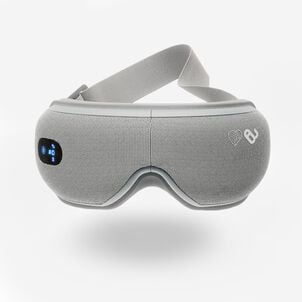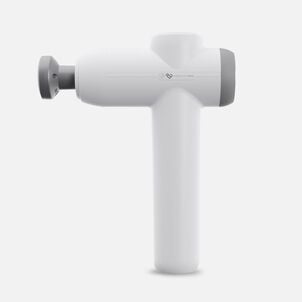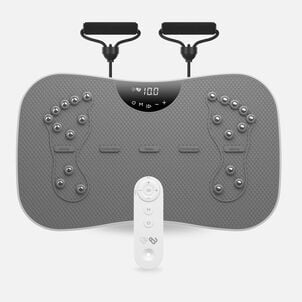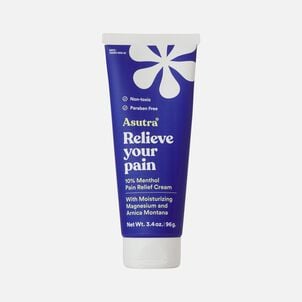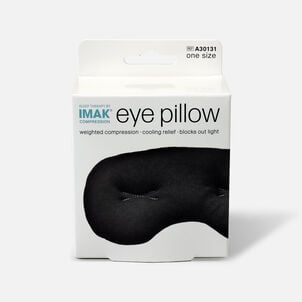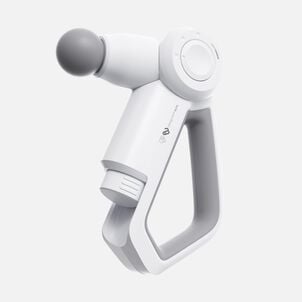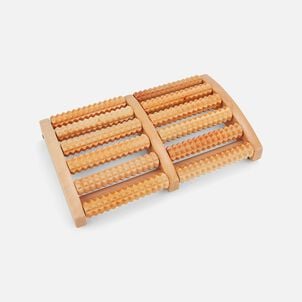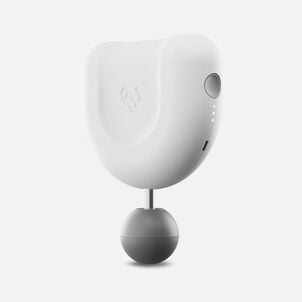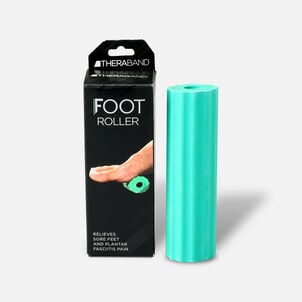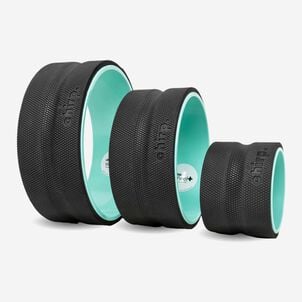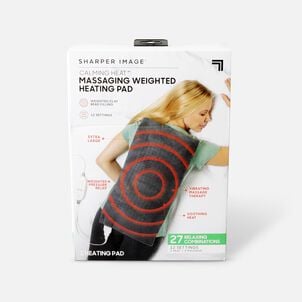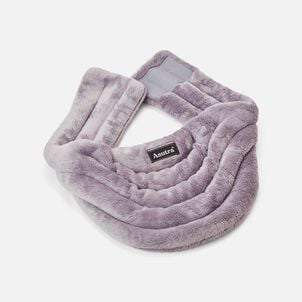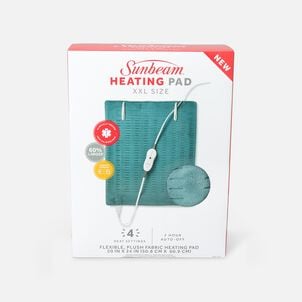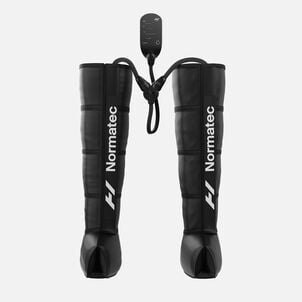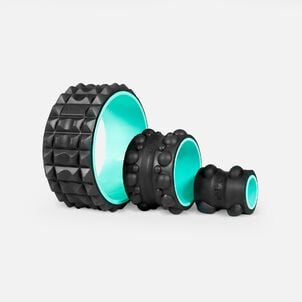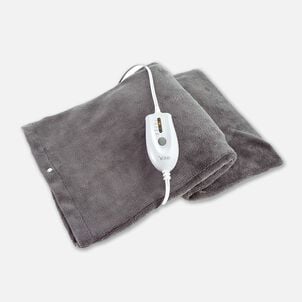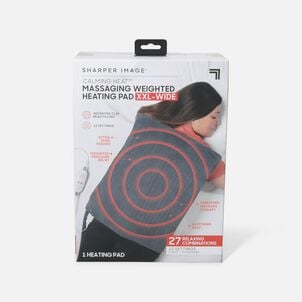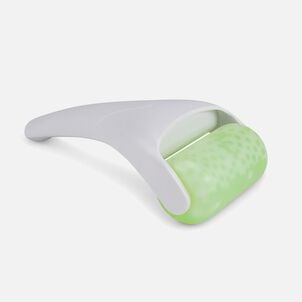The Complete HSA Eligibility List
Here it is — the most-comprehensive eligibility list available on the web. From A to Z, items and services deemed eligible for tax-free spending with your Flexible Spending Account (FSA), Health Savings Account (HSA), Health Reimbursement Arrangement (HRA) and more will be here, complete with details and requirements. Important Reminder: HSAs, FSAs, HRAs and other account types listed may not all be the same. Be sure to check with your administrator to confirm if something is eligible before making a purchase.
Here it is — the most-comprehensive eligibility list available on the web. From A to Z, items and services deemed eligible for tax-free spending with your Flexible Spending Account (FSA), Health Savings Account (HSA), Health Reimbursement Arrangement (HRA) and more will be here, complete with details and requirements. Important Reminder: FSAs, HRAs and other account types listed may not all be the same. Be sure to check with your administrator to confirm if something is eligible before making a purchase.
Electrotherapy Pain Relief Device: HSA Eligibility
Electrotherapy Pain Relief Device: eligible with a Health Savings Account (HSA)HSA Eligible Drug-Free Pain Relief
Under IRC 213(d)(1), "medical care includes amounts paid for the diagnosis, cure, mitigation, treatment, or prevention of disease, or for the purpose of affecting any structure or function of the body." This includes medical equipment, supplies and devices.
What is electrotherapy?
Electrotherapy has been used as a means of pain relief for more than a century to treat both acute and chronic pain, but the medical community is still divided as to its true physiological mechanism in alleviating pain. While some studies have shown that electricity can block the transmission of pain signals through the nerves, others have shown that electrotherapy can promote the release of endorphins, a form of natural pain reliever that can reduce instances of pain in a variety of situations (Veritashealth.com).
What are the primary forms of electrotherapy?
Electrotherapy falls into a variety of frequencies and waveforms with machines designed to provide care to specific areas of the body. The most common forms of electrotherapy include via ScienceDirect:
- Transcutaneous Electrical Nerve Stimulation (TENS): This form of electrotherapy takes the form of TENS machines that are available for at-home use that utilize both high-frequency stimulation (60-200 Hz) or low-frequency stimulation (<10 Hz) in alternating current. High frequency stimulation is ideal for acute pain and can provide a short window of pain relief, while low-frequency stimulation is akin to therapies like acupuncture, which is designed for chronic pain and can provide relief for longer periods of time.
- Interferential Current (IFC): This is effectively a more intensive form of TENS therapy that functions at a much higher frequency of 4000 Hz in alternating current. IFC is used post-surgery and post-trauma acute pain to promote the healing process with less reliance on analgesics. As opposed to minor muscle injuries that can be treated with traditional TENS devices, IFC can reach greater depths and cover a much larger volume of tissue than other forms of electrotherapy.
- Galvanic Stimulation (GV): As opposed to TENS or IFC treatments, galvanic stimulation stimulators apply direct current to affected areas and are typically used in cases of mass tissue trauma or internal bleeding. The use of direct current electricity is similar to the contrast method of ice and heat that are used to treat acute injuries. A galvanic stimulator utilizes both positive and negative pads on one area to change blood flow. The positive pad functions much like cold therapy by reducing circulation and swelling in the affected area, while the negative pad acts much like a heat pack, which promotes increased circulation.



